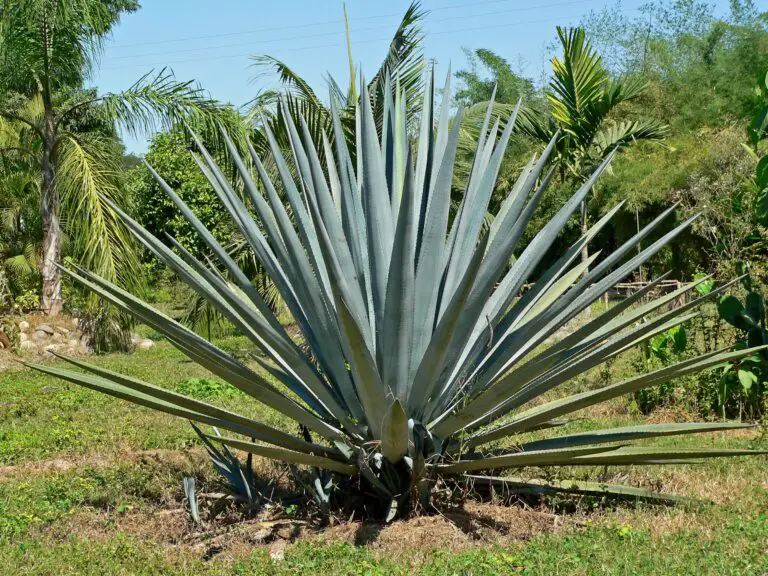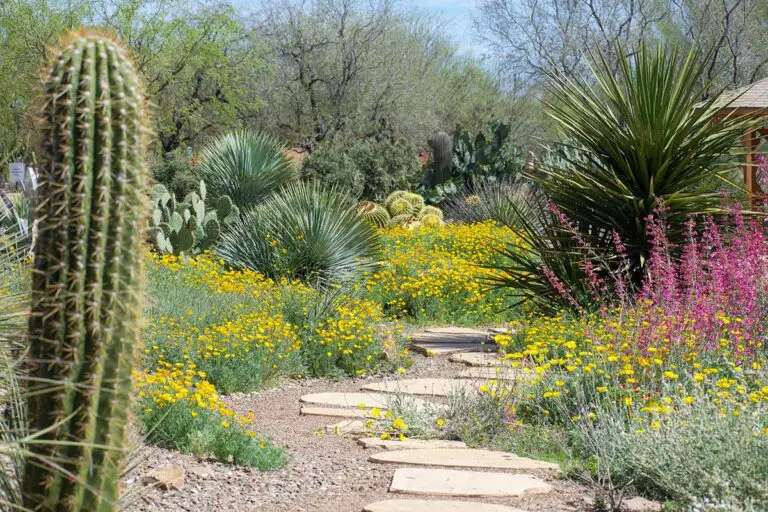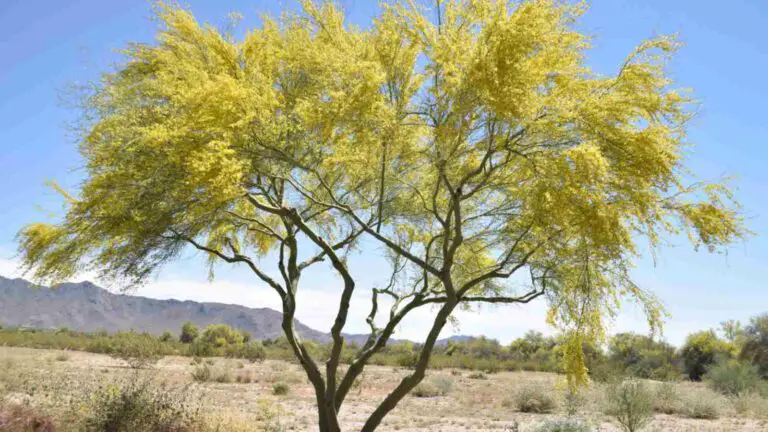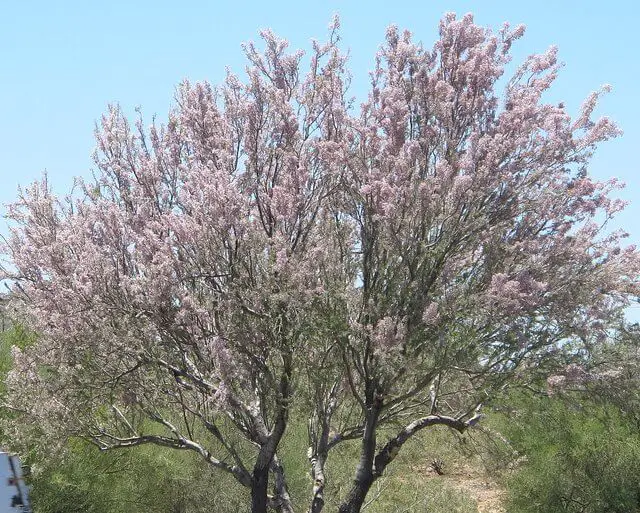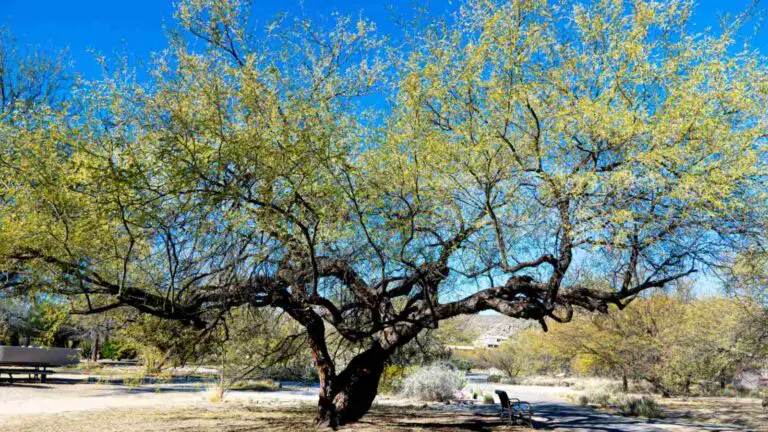Graceful Oasis: Harnessing the Beauty of Desert Willow (Chilopsis linearis) as a Xerophytic Treasure in Your Garden
The serene beauty of a garden is often symbolized by lush greenery and vibrant blooms, yet there is an understated grace in the resilience and understated charm of desert plants. The Desert Willow (Chilopsis linearis) holds a special place among these, particularly in the practice of xeriscaping, a method of landscaping that promotes water conservation. As gardening enthusiasts seeking to craft a sustainable and visually captivating haven, your space without doubt deserves the inclusion of this xerophytic treasure.
In this post, we will explore the allure and practical benefits of integrating Desert Willow into your garden oasis, providing you with inspiration, care guidance, and design ideas to make the most of its presence.
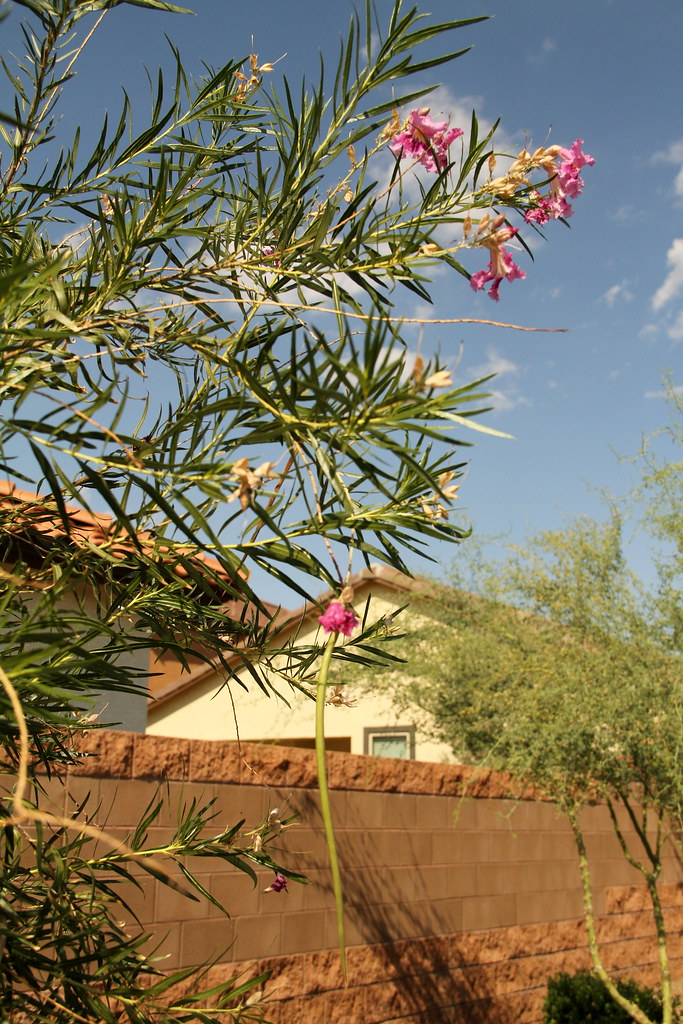
Benefits of Desert Willow in Xeriscaping
Drought Tolerance
Desert Willow thrives under arid conditions and exhibits remarkable drought tolerance, making it a stalwart asset in water-wise gardening. Its deep-rooting system allows it to access water reserves that other plants cannot, surviving and even flourishing with minimal irrigation.
Attracting Wildlife
Be prepared to welcome a bustling ecosystem to your garden. Beginning with shimmering hummingbirds drawn to its trumpet-shaped flowers, Desert Willow becomes a banquet for butterflies and other pollinators, paving the way for a dynamic and interactive landscape.
Aesthetic Beauty
With its resplendent array of colors, from blush-toned flowers to rustling green leaves, Desert Willow offers an aesthetic that is both exotic and familiar. Its slender form adds a touch of elegance to any garden design, whether as a solitary feature or within a diverse plant community.
Caring for Desert Willow
Planting Tips
Select a sunny spot with well-drained soil and plenty of space for the plant to spread its roots. If you’re incorporating multiple Desert Willows, space them at least 15 feet apart to allow for their growth. Native to the desert, it appreciates the warmth, so avoid shaded or cooler areas.
Watering and Soil Requirements
During the establishment phase, regular watering is crucial, but once settled, infrequent deep watering is preferable to sporadic shallow sessions. The soil should be sandy or gravely, mimicking its native habitat. Mulching can help with water retention and the moderation of soil temperature.
Pruning Guidelines
Pruning should be minimal and best done in the early spring, after the last frost. Aim to shape the tree and remove dead or crossed branches. Remember, Desert Willow’s natural form is part of its appeal, so avoid over-pruning which can harm its health and the integrity of its silhouette.
Design Ideas for Incorporating Desert Willow
Landscaping Suggestions
The arching branches and pendulous blooms make the Desert Willow a delightful centerpiece for a landscape design. It acts as an effective screen when planted in groups, affording a measure of privacy with a cloak of greenery. This is particularly useful in defining garden rooms or concealing unsightly features.
Companion Plants
The Desert Willow is a flexible team player, complementing a variety of drought-resistant flora. Pair it with low-growing succulents, such as agaves and yuccas, or alongside stately Sotol plants for a purely Southwestern vibe.
Planting aromatic herbs like lavender can serve as a sensory bonus while creeping thyme adds a carpet of color to the base of this majestic tree.
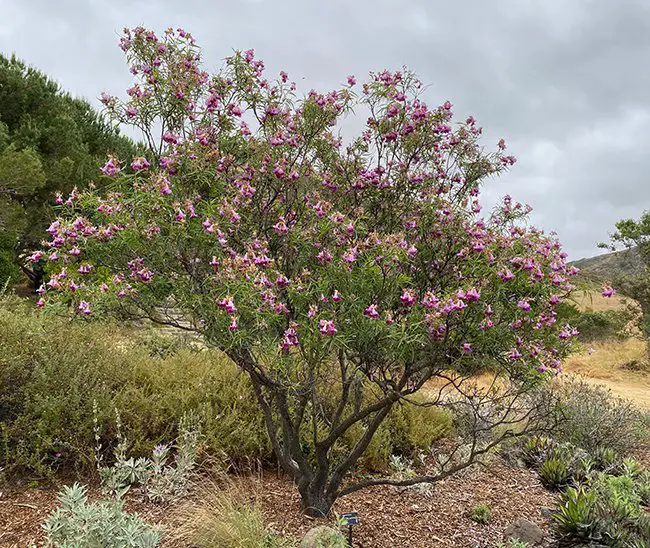
Maintenance and Troubleshooting
Common Issues and Solutions
While generally hardy, Desert Willows can experience dieback during very cold winters. Protect young trees with a frost cloth and mulch the base for insulation. Be on the lookout for pests like spider mites and aphids, both of which can be managed with insecticidal soap or neem oil.
Seasonal Care Tips
In very hot climates, the Desert Willow may exhibit some signs of stress in summer. To supplement moisture, consider a monthly deep soak. In regions with frost, it is recommended to water sufficiently before the first freeze to protect it from desiccation.
Conclusion
The Desert Willow stands as a tribute to the quiet strength and beauty of arid lands. By incorporating this textural gem into your garden, not only do you contribute to the preservation of water, but you also offer a haven for wildlife and a feast for the senses.
Amidst the challenges of climate change and the call for sustainable living, the choice to include a Desert Willow in your garden is more than an aesthetic one—it is an environmentally conscious decision that can inspire others in your community to do the same.
It is a reminder that even in the most unlikely places, we find grace and resilience, and we can build our own oasis that thrives against the odds. With every flutter of a butterfly wing and the whisper of its delicate leaves, the Desert Willow echoes the harmony between nature and nurturer in the grand symphony of the garden.

